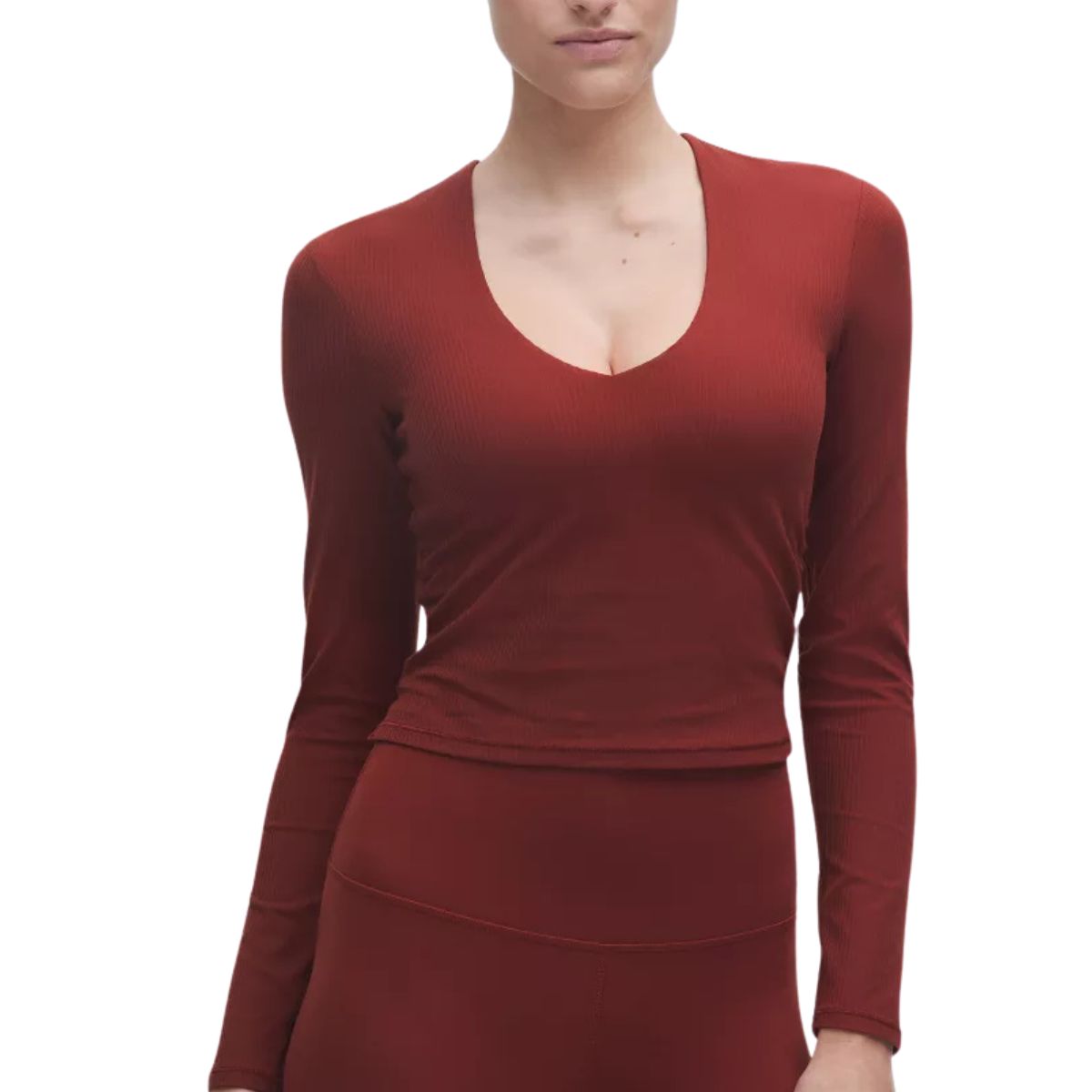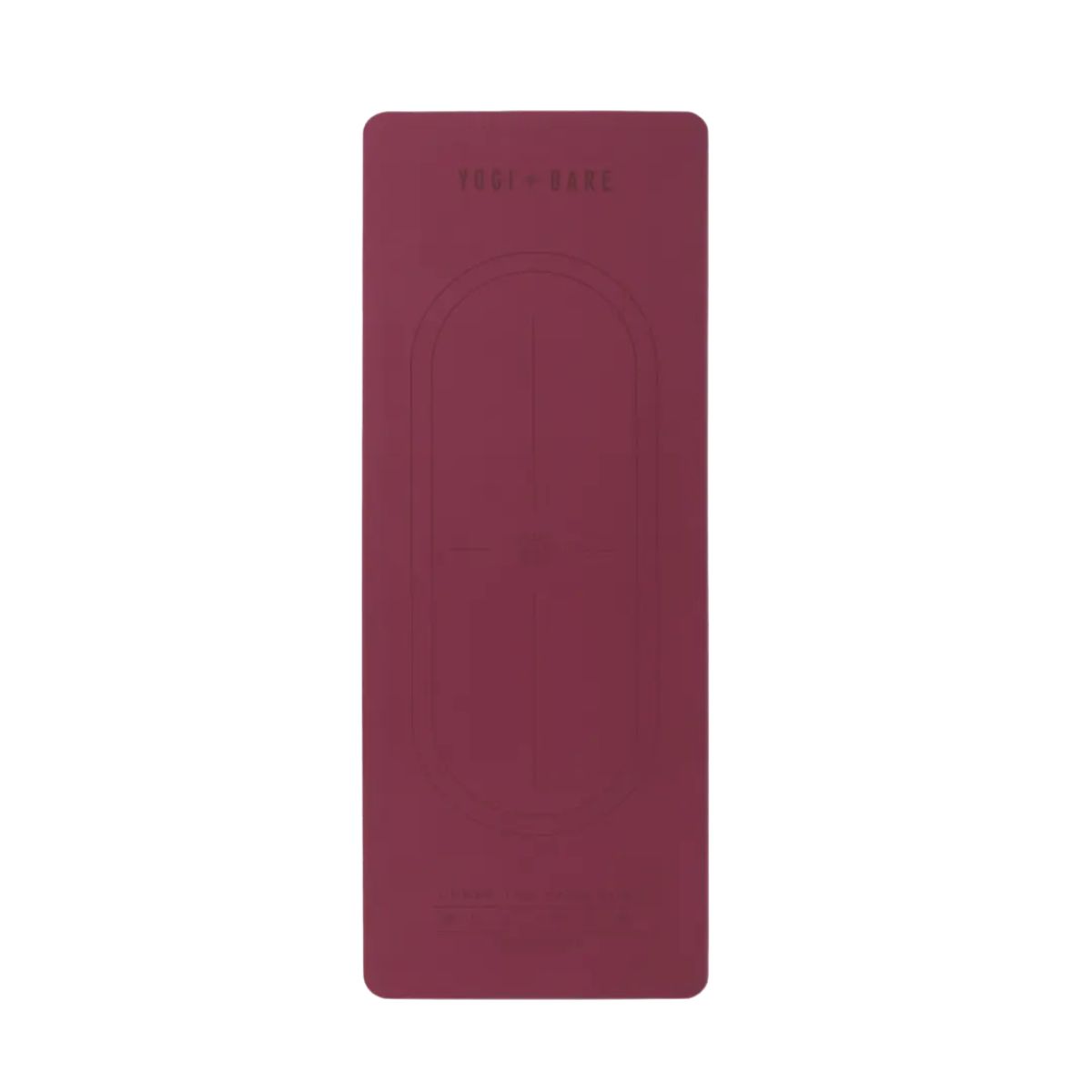Make Way, Downward Dog: Happy Baby is the Best Yoga Move for Flexibility & Fluidity
Think of it like a gentle release for your inner child.


At first glance, Happy Baby may seem like one of the easier poses in the yoga world. Gentle and restorative, it’s often included at the end of practice to help you unwind and relax.
But just because it’s not the most physically demanding pose doesn’t mean it’s without its challenges. For some, the posture can feel vulnerable and exposing, while others struggle with the hip and spinal mobility it requires.
And yet, Happy Baby holds powerful benefits when practised with care. “By creating space in the sacrum and improving mobility, the pose can relieve lower back pain whilst also stretching the groin, inner thighs, and hips,” explains Yoga Instructor and Breathwork Coach, Jenny Haynes, who adds that the emotional benefits are equally significant. “We store a lot of emotion in our bodies, especially in our hips,” she says, explaining that it’s not uncommon to feel a deep emotional release, or even cry, during longer holds of the pose.
With lower back pain the leading cause of disability worldwide according to the World Health Organisation, and 37% of women in the UK reporting high levels of anxiety on a daily basis, it’s clear that there’s a strong case for giving Happy Baby more attention.
So, I decided to go back to basics. I asked two leading yoga instructors to share everything we need to know about the pose, from its benefits to common mistakes you might not even realise you’re making. Consider this your ultimate guide to mastering Happy Baby and unlocking all the potential it has to offer.
Curious? Keep scrolling. And if you’re keen to put your newly-mastered Happy Baby into practice, check out our guides to the best yoga flows for relaxation and the best morning practices to release tightness and tension. Plus, discover how six months of hot yoga transformed MC-UK News Editor, Jadie Troy-Pryde’s physical and mental health. Keen to shop? We've got a tried and tested edit of the best yoga clothes, here.
The Benefits of Happy Baby Aren’t Just Physical, They’re Emotional Too. Your Guide To This Foundational Yoga Pose
What is the Happy Baby posture?
If you’ve ever seen a baby lying on its back, gurgling contentedly in a crib, you’ve got a pretty good idea of what a Happy Baby should look like. Also known as Ananda Balasana in Sanskrit, the pose is performed “lying on your back with your head resting on the ground and knees drawn in towards your armpits,” explains Haynes.
Celebrity news, beauty, fashion advice, and fascinating features, delivered straight to your inbox!
Traditionally, you hold your feet with your hands, positioning your ankles over your knees and slightly wider than your torso. That said, Haynes notes that it’s perfectly fine to use a strap if reaching your feet causes strain in your neck or spine. “The pose is designed to feel grounding and restorative, rather than stressful,” she explains. “Instead of trying to get the most extreme stretch, it’s about using whichever props or adjustments you need in order to relax your neck and shoulders into the ground.”
As with most yoga postures, there’s room to play. You can stay still and breathe into the pose, or gently rock from side to side to massage the lower back. Feeling curious? Try extending one or both legs for a deeper hamstring stretch.
What are the benefits of Happy Baby?
Beyond improving strength, balance, flexibility, and posture, yoga has huge potential to support emotional regulation. In fact, studies show that even a single session can significantly reduce feelings of acute stress. It’s a good reminder that the slower, more restorative postures, like Happy Baby, are just as important as the fiery, strengthening ones we often associate with working out.
“As well as opening up the hips and releasing tension in the lower back, Happy Baby has the potential to soothe the entire system, particularly when you introduce a gentle rocking motion,” explains Yoga Instructor Sophie Rumble. She notes that this movement, which feels like a light back massage, is “deeply regulating because it encourages the body to soften and relax.”
Haynes agrees. “According to Ayurvedic beliefs, Happy Baby soothes our inner child in much the same way that a baby is calmed by rocking in its crib, which is why for many of us it can feel like such a calming posture.”
Why do I find Happy Baby difficult?
While I’ve grown to love Happy Baby as I’ve gained more experience with yoga, it definitely made me feel self-conscious when I first started practising.
“The pose can feel quite vulnerable and exposing, especially if you’re holding it for a while,” agrees Rumble. “That’s something to be sensitive of, and there’s always the option to take your knees to your chest or put your feet up against the wall if that helps you to feel more comfortable.”
Haynes agrees. “We always want to find safety in any challenge we face in yoga, which is why it’s totally fine to adapt the shape of a posture to one that feels ‘happy’ to you. A pigeon pose or a reclined glute stretch can give you the same release in the hips, but with a shape that could feel more comfortable.”
That said, if you’re in a place where you feel emotionally safe, Haynes says gently challenging yourself in hip-opening postures like Happy Baby can have powerful results. If that emotional release feels too much, she suggests coming out of the pose by hugging your knees to your chest or moving into Child’s Pose to help you ground and settle.
There are also physiological factors that can make Happy Baby more challenging for some people. “The structure of your hip joints, leg length, and the shape of your spine can all impact how accessible the full variation of the pose is,” says Haynes. “But that doesn’t mean you can’t adapt. Using straps to guide the feet towards your armpits, or placing cushions under the hips for support, can make a big difference.”
The most important thing, both experts agree, is to avoid straining your neck or lifting your head off the ground in an attempt to bring your knees closer to your chest. “The whole point is to find ease and softness,” says Rumble. “So holding onto your ankles, thighs, or using a strap is totally fine.”
Expert tips to improve your Happy Baby
One of the biggest lessons I’ve learned in yoga is that subtle changes in position can transform the way a posture feels. That’s why tips from experienced teachers like Haynes and Rumble can make a real difference in your practice.
1. Focus on your breath
“Concentrate on sending your breath deep into your belly and lower back to emphasise the connection between your back and the floor,” says Haynes, who also suggests keeping the breath slow and expansive to help create a sense of calm and stability.
2. Visualise softness
In Happy Baby the goal is to release tension, explains Rumble. “Let the tailbone feel heavy and think of grounding it down gently into the floor. At the same time, keep the upper body, particularly the jaw and shoulders, as soft as possible.”
3. Think armpits, not chest
“It’s easy to start forcing the knees towards the chest,” says Haynes. “Instead, think about drawing the knees into the armpits. This will give you a deeper range of motion and help you find more ease.”
4. Don’t be afraid to modify
“If your lower back or hips feel tight, hold onto your ankles or thighs instead,” reminds Rumble. She also suggests trying a half Happy Baby, by bending one leg in at a time, before attempting the full pose.
Shop MC-UK Approved Yoga Kit Now:

In the colder months, the idea of working out in just a tank top can feel very unappealing, especially for slower practices like yoga. Having a breathable, sweat-wicking long sleeve option is a great way to feel cosy and comfortable, and this new release from lululemon looks to become a firm favourite.

It’s easy to fall into the trap of thinking that using props to assist you makes you less of a Yogi. But that couldn’t be further from the case. Having equipment, such as a yoga block, can help you relax more into postures, finding a deeper range of motion and more tension release.
Why is Happy Baby usually performed at the end of class?
There are several reasons why Happy Baby is typically included towards the end of a yoga practice, according to Yoga Instructors Jenny Haynes and Sophie Rumble.
“Happy Baby offers a fairly intense stretch,” says Rumble. “By the end of class, the body is more physically open, which makes it easier to decompress the spine and stretch the hips.”
You’re also more energetically open, she adds - a point which Haynes echoes. “After a fiery vinyasa class, a supine stretch like Happy Baby helps to bring a feeling of calm, preparing you to rest in Savasana.”

A former heptathlete, Ashleigh is a freelance journalist, specialising in women’s health, wellbeing and lifestyle, with words in Stylist, Cosmopolitan, Glamour and Marie Claire. She’s also the Co-Founder of Sunnie Runners, an inclusive London based run club.

